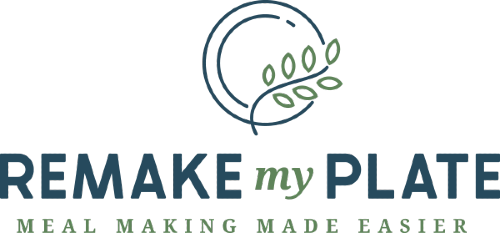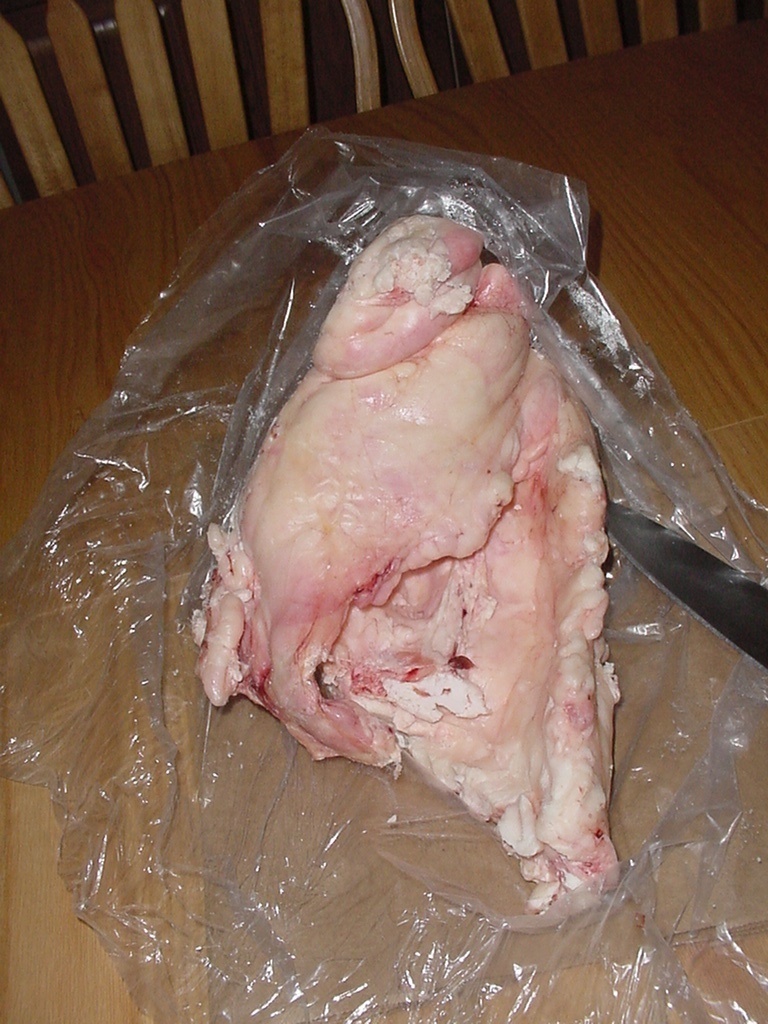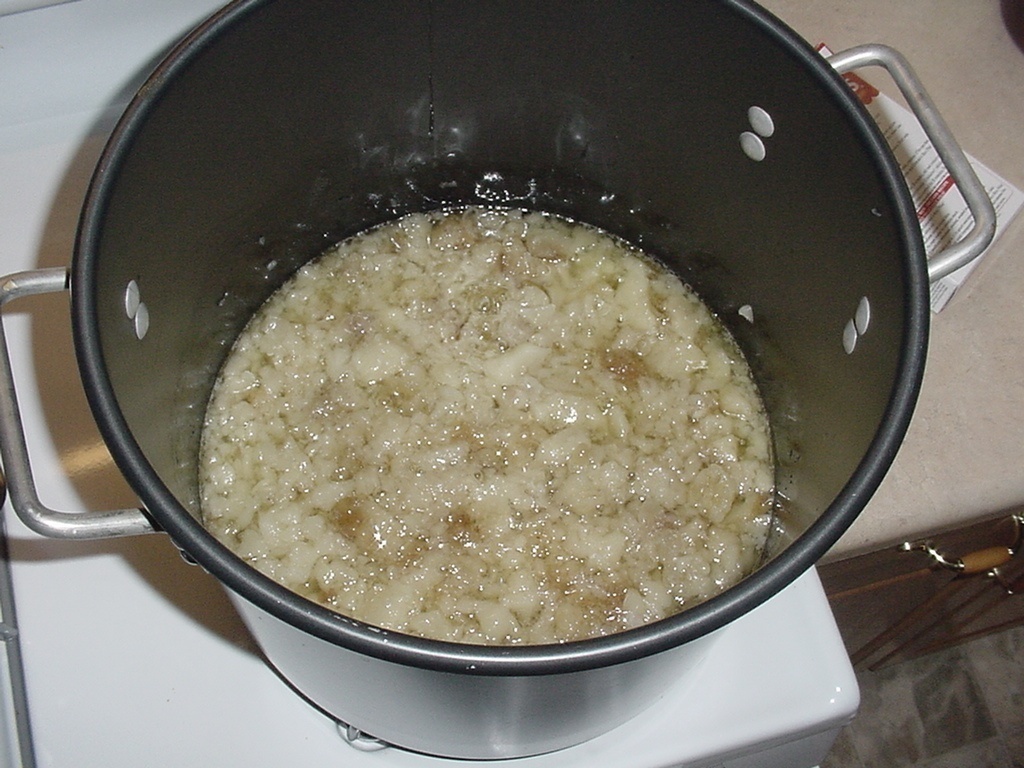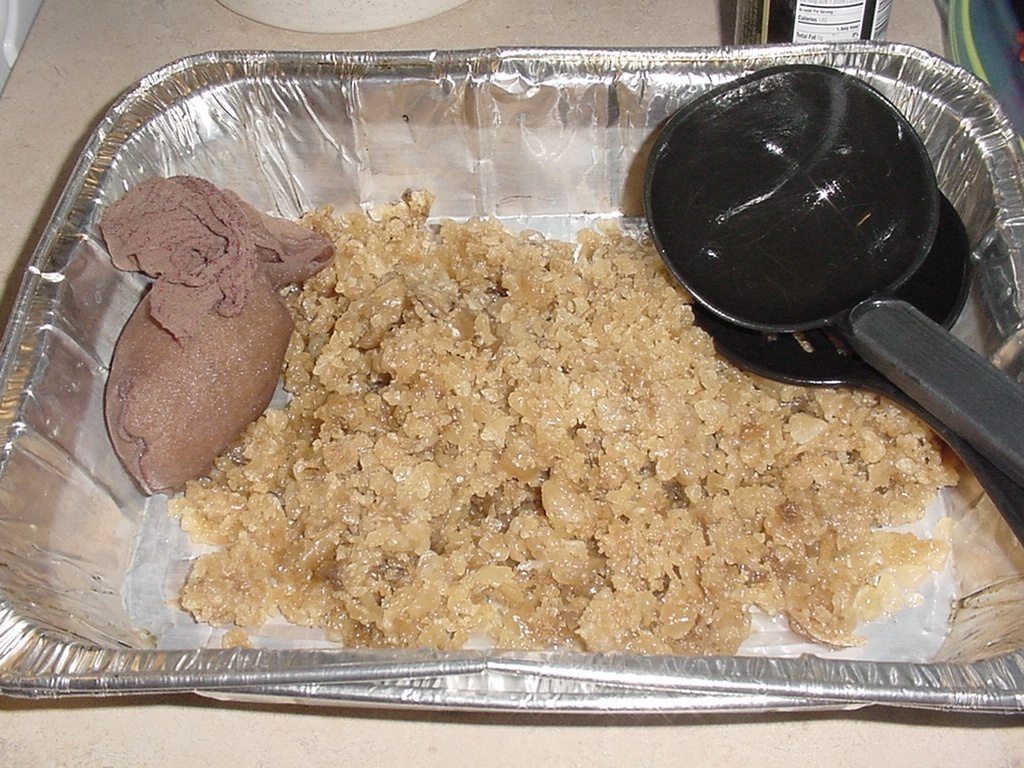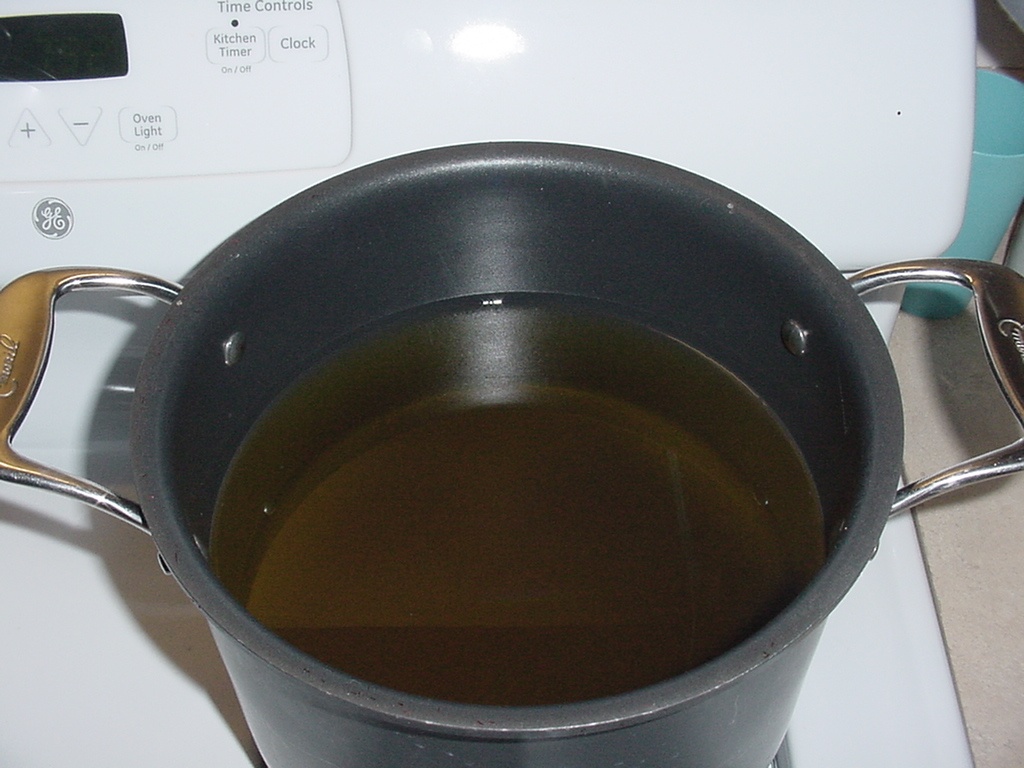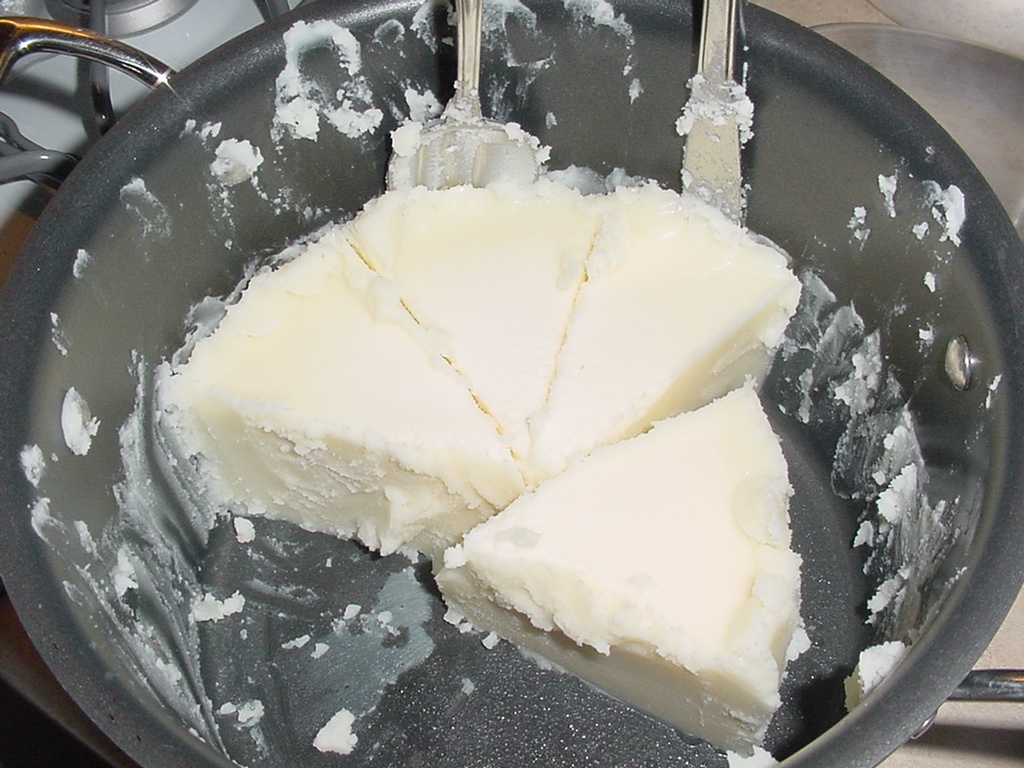Learn how to render beef fat to make tallow to use in your cooking and baking. Tallow is an amazing fat that is perfect for cooking and baking for a number of reasons:
Tallow has a high smoke point. This means that it can take being heated to high temperatures without the fat oxidizing and becoming rancid. Oxidized oils can produce harmful by products that make your food taste bad and can make you sick when they become rancid.
In the past, when fat wasn’t something to be feared, tallow was found in many kitchens. Ask your grandmother. She might have kept tallow in her kitchen along with bacon fat. She used it to cook her foods and in her baked goods. It’s one of the reasons why her pie crusts were flakey and homemade food had a delicious taste and texture.
Tallow wasn’t just used for cooking. It was also used to create homemade soap and could be used as a skin softener or moisturizer. It was a great, all purpose item that was a welcomed ingredient in the kitchen.
Times changed and we went through a long period where fat was feared. The tallow was removed from store bought foods, restaurants and even homes. It was replaced with various types of vegetable oils and shortenings that we ultimately discovered were filled with unhealthy trans fats.
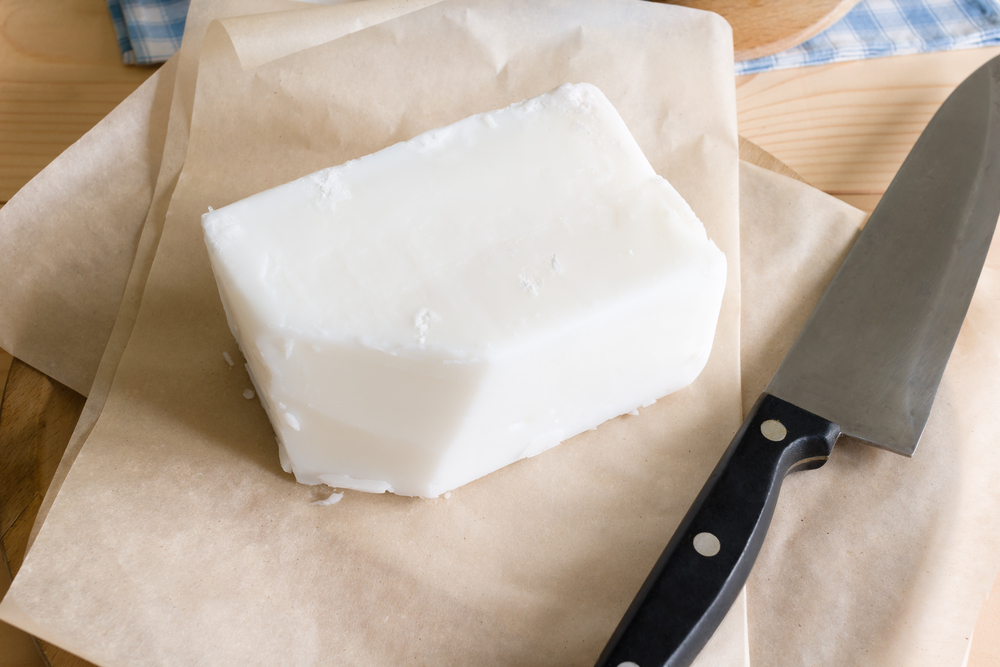
Thankfully tallow is making a come back! You can find tallow for sale again now that we don’t fear fat and it’s been recognized as one of the healthy fats that should be eaten. Finding tallow made from grass fed beef is becoming easier as well. While tallow in rich in fat soluble vitamins (A, D, E and K), Choline, CLA (conjugated-linoleic acid) as well as fatty acids, including oleic acid, palmitoleic acid, stearic acid, linoleic acid and others tallow from grass fed beef also has higher levels of heart friendly omega-3 fatty acids than non grass fed animals.
While you can purchase tallow online, in some stores and maybe even at your local farmers market did you know that it’s also pretty easy to render your own tallow at home?
How to render beef fat to make tallow
At the local farmers market I decided to ask the pasture feed beef vendor if he happened to sell beef fat. I didn’t expect him to actually have any on hand. He surprised me however by pulling out an 8 pound chunk from the freezer. You can also asked your local butcher to see if they have suet fat or leaf fat that you can purchase.
Yes I know it’s not pretty but the finished product is well worth the effort to render it.
What you’ll need to make beef tallow:
Beef Suet – this is a type of firm fat that is found on a cow around the heart and kidney area.
Large Stock Pot – You’ll need a pot big enough to how your diced fat as well as some water to cover it.
Piece of Cheesecloth or clean nylon stockings – these are used to strain the oil to remove all the bit and pieces you’ll find in it once the fat melts.
Containers or plastic bags – you’ll need something to store your tallow in. You can pour it directly to jars or covered containers or you can break it into pieces (once it’s firmed up again) and store in plastic freezer bags.
How to render beef fat to make tallow:
Start by taking your piece of beef fat and cutting it up into small pieces about 1 1/2 to 2 inches in size. This makes it easier to melt if it’s not in one big giant piece. If you have a meat grinder or a food processor you can grind up chunks of fat to make them even smaller. I just had a knife so I cut the fat into pieces.
If you are cutting the fat into pieces this will be much easier to do if the fat is cold. The fat will be much firmer and you’ll have an easier time cutting it into pieces. I put the piece of fat I had into the refrigerator overnight and that worked well.
Once your done cutting the fat up toss the chunks into a large pot on the stove top. Add 2-3 cups of water to the pot. Place over a medium heat and allow to come to a low simmer. The pieces of fat will begin melting. Stir the boiling mixture to ensure that all the fat has melted.

It took about 2 hours for it to get to this point in the picture below. While you want the water to boil you don’t want to cook it over high heat as the melted fat can splatter.
From this point, in the picture above, it didn’t take much longer for the fat to completely melt into liquid fat.
There was a small amount of debris at the bottom of the pan. This material is the fine membrane that was holding the fat together. Use a slotted spoon and scoop out as much of the pieces as you can. There will still be very fine bits in the melted oil. Those will be removed by straining the oil.
Place a fine mesh strainer or a sieve lined with several layers of cheesecloth over a large bowl. You can also use a clean new nylon to help strain out the debris. At the time I was making this I couldn’t find cheesecloth at my local store and settled on purchasing a cheap pair of knee high nylons to use instead. If you don’t have either of these, cheese cloth or nylon, available you can also use a paper towel as a liner in the sieve or strainer.
Once your sieve is covered slowly pour the hot fat solution through the sieve. The small bits will be caught by the cheese cloth or the nylon.
In the pan below are the larger pieces that I was able to remove with a slotted spoon. If you look to the left you will see that the nylon ended up with a good amount of debris in it. If it looks like there are still fine pieces in your oil then strain it again a second time.
Once I was done straining I ended up with a pot full of golden clear liquid (see below). This will contain the remaining water that didn’t boil off as well as the melted fat. Boiling the fat in the water helps to clean the pieces of debris out of the fat so the finished tallow will smooth and creamy.
Now all that is left is to cool the oil down so it will solidify. The liquid will become creamy white once it is cooled. To do this allow the pot to cool down and then place in the refrigerator. The fat will solidify at the top with any remaining water on the bottom.
I ran a dull knife around the edge of the pot so the solid fat would be released and I could take it out. Discard any water that might still be in the bottom of the pot.
I cut the large piece up into smaller pieces up into smaller ones. I wrapped each one in plastic, placed them in a freezer bag. labeled and stored in the freezer until needed.
From 8 pounds of fat I got 5.5 pounds of rendered tallow.
Do you have to use water to render the tallow?
No you don’t need to add water to render the tallow. You can follow the same directions above but not add the water. This is called dry rendering or the dry method of rendering. You will want to carefully watch the fat as it begins to melt. Without the water it risks getting too hot. This can burn the bits of material that are in the fat (the ones that you strain out at the end) giving the finished tallow a slightly smokey taste.
How long does it take to make tallow?
It all depends upon the amount of fat you are rendering. It took 3 to 4 hours to render 8 pounds of fat. I prefer to render my fat over a medium to medium-low heat to prevent any of the material in the fat from burning.
My tallow is yellowish. Is it ok?
Yes. Fat colors can vary from one breed of cow to the next. I’ve had some fat that is white in color while others are yellowish. The color difference seems to be based on breed.
Does tallow have a taste or smell?
The finished tallow, if well strained, will have little to no smell and a very mild savory flavor. It will not take like hamburgers or beef roast. It can have a very mild beefy flavor that I would call savory. This doesn’t affect using it to make other foods.
Do you need to refrigerate tallow?
While tallow can last a while when left out in a covered container at room temperature it will have a much longer shelf life when stored in the refrigerator. Rendered tallow might still have a small amount of debris in it even after straining. The debris is what will affect the tallow when it’s stored at room temperature.
Personally I store my block of tallow in the refrigerator. It will last a 12 to 18 months when stored there. I leave my tallow in block form rather than pouring it into jars. The tallow will become pretty firm when stored in the refrigerator and it’s easier to cut off what I need when it’s a block.
Can I reuse the tallow after frying?
Yes you can. After using the tallow to fry food allow it to cool slightly and strain to remove any debris. Pour into a container or a pan and allow to cool and solidify again.
Each time you fry in the tallow it will begin to take on flavors from the food you cooked in it. I tend to use it at least two or three times, depending upon the food, before I discard the tallow.
Can you render other types of animal fats?
Yes there are a variety of animal fats that are made and sold.
Pork fat can be go through the same rendering process described above to provide you lard for cooking and baking.
Duck fat can also be rendered. Duck fat is called schmaltz and can be found sold online or in local stores. Try using duck fat to fry french fries. It’s really good!
Where can I buy tallow if I don’t want to make my own?
Tallow, including grass-fed tallow can easily be found online. There are a variety of sites that sell their own tallow from their farms. Do a web search for grass fed tallow and it will bring up lots of sites.
You can also find tallow on Amazon such as this (amazon link):
Try this recipe and love it? Review it by clicking the star rating ⭐⭐⭐⭐⭐ on the recipe card! This helps other readers to find this recipe since the recipe rating will encourage search engines, such as Google, to suggest it to others. This helps support Remake My Plate as we are a reader supported publication.
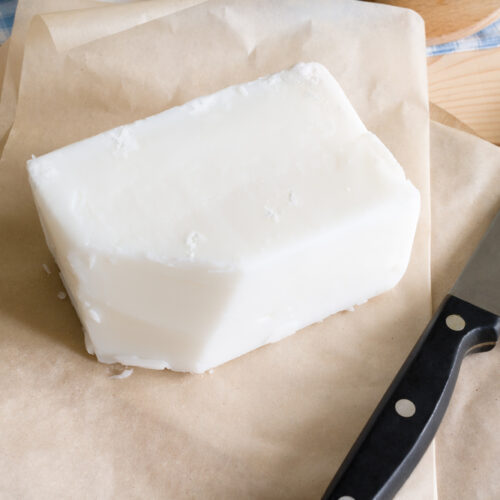
How To Render Beef Fat To Make Tallow
Equipment
- Large pot
- Strainer
- Sharp knife
Ingredients
- 4 pound Beef Suet
- 3 cups water
Instructions
- Cut the beef fat into small pieces about 1 1/2 to 2 inches in size. If you have a meat grinder or a food processor you can grind up chunks of fat to make them even smaller.
- Place the pieces of fat into a large stock pot. Add 2-3 cups of water to the pot. Place over a medium heat and allow to come to a low simmer. The pieces of fat will begin melting. Stir the boiling mixture to ensure that all the fat has melted.
- Once melted, use a slotted spoon to remove any pieces of debris in the melted oil.
- Pour the liquid oil through a fine mesh strainer or sieve lined with cheese cloth or even paper towels.
- Allow the pot to cool and place into the refrigerator to allow the fat to firm up. You can also pour the melted fat into mason jars or an airtight container and allow the fat to solidify.
Nutrition
If you liked this recipe you may also like these:
7 Day Meal Plan for Keto On A Budget
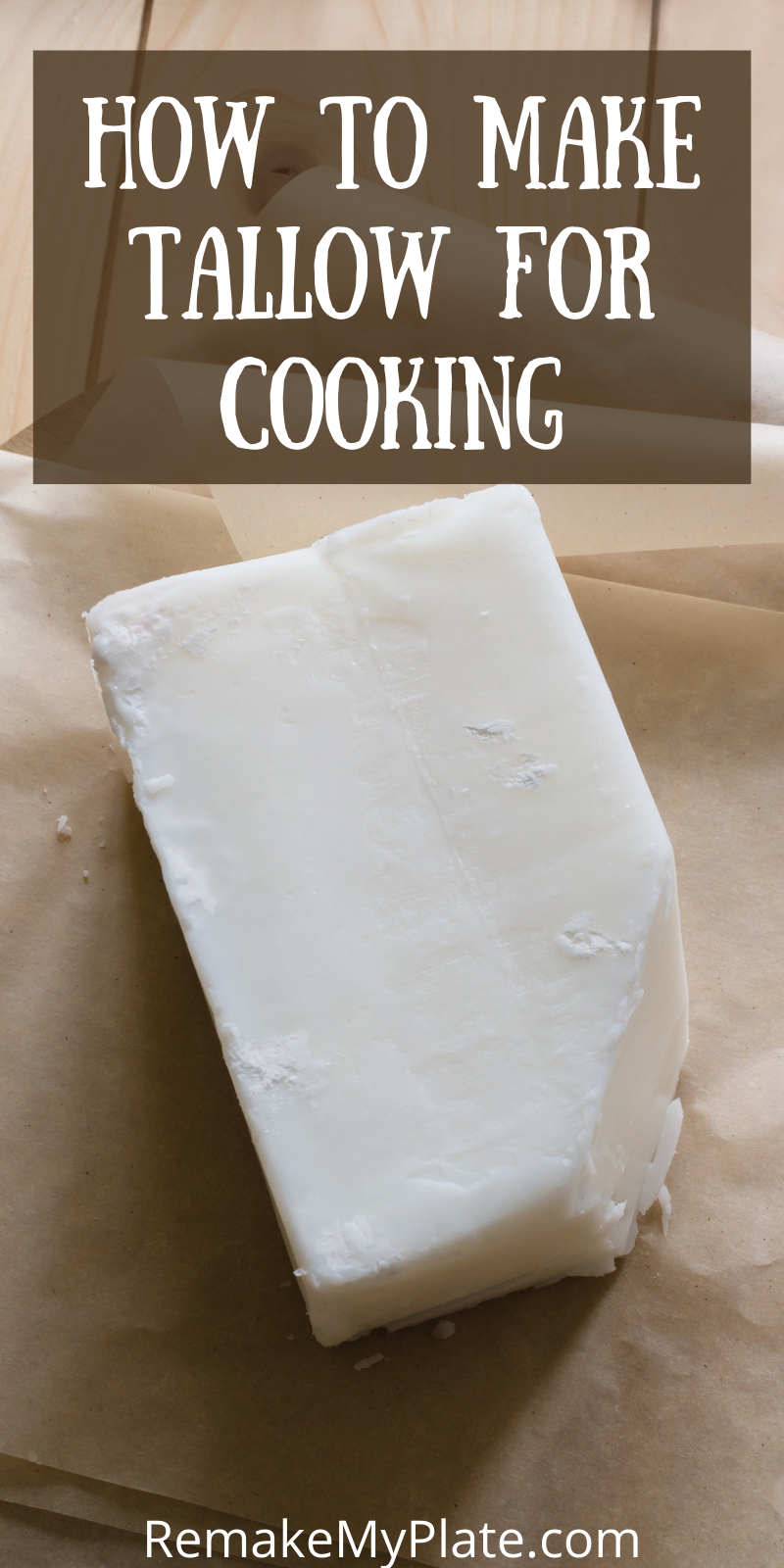
Want to get new recipes sent directly to your inbox? Then subscribe to our newsletter (see below) and be the first to know when we post a new recipe as well as get weekly shopping, cooking and meal planning tips. Follow me on Pinterest where you can find links to our recipes as well as other recipes you and your family will enjoy.
This post may contain affiliate links. Please see our disclosure policy. If you click on the banner below you will be taken directly to my Etsy shop to see the digital items currently listed.
